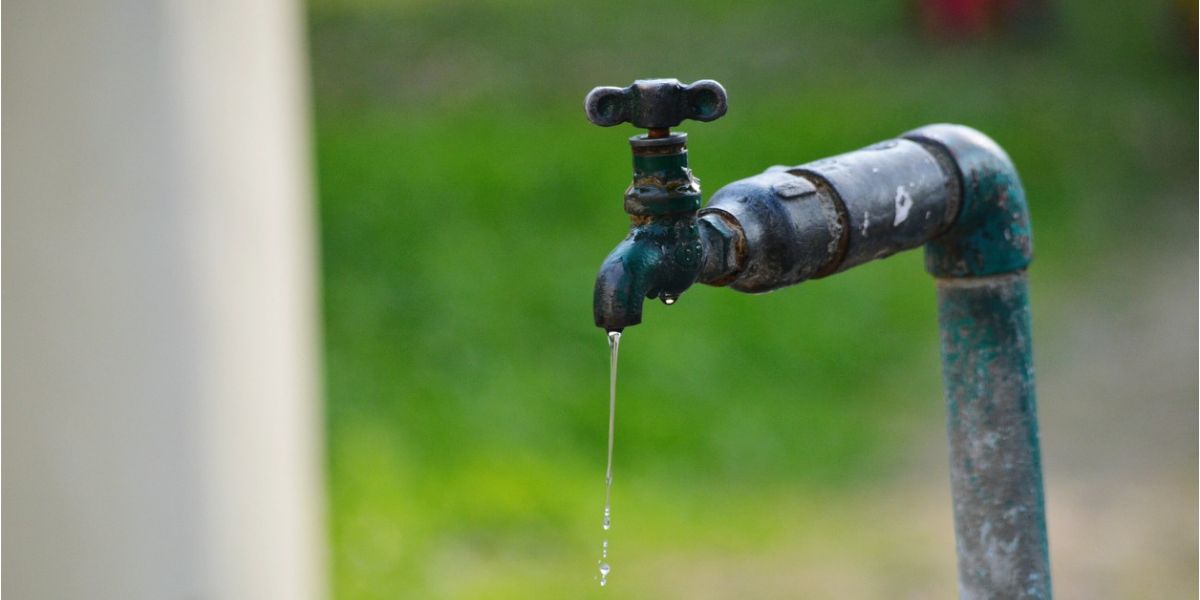To make the best use of the inflow received so far, the WRD initiated the process to divert water from the Poondi reservoir to Chembarambakkam.
Published Sep 23, 2025 | 10:50 AM ⚊ Updated Sep 23, 2025 | 10:50 AM

Water supply. Representative Image. (iStock)
Synopsis: Chennai is expected to face a temporary halt in the Krishna water supply from Andhra Pradesh by the end of September, as authorities there are set to stop the discharge from the Kandaleru reservoir to carry out maintenance.
Tamil Nadu’s capital city, Chennai, is expected to face a temporary halt in the Krishna water supply from Andhra Pradesh by the end of September, as authorities there are set to stop the discharge from the Kandaleru reservoir to carry out maintenance on the Kandaleru–Poondi canal.
To make the best use of the inflow received so far, the Tamil Nadu Water Resources Department (WRD) has initiated the process to divert water from the Poondi reservoir to Chembarambakkam, which is currently at 43 percent of its capacity.
In comparison, storage in other major city reservoirs stands at a much higher level, Red Hills at 91 percent, Poondi at 78 percent, and Kannankottai Thervoykandigai at 90 percent.
Altogether, the city’s major water sources, including the Veeranam tank, hold 9,169 million cubic feet (mcft) of water, which is nearly 70 percent of their combined capacity.
Officials estimate this will be sufficient to meet Chennai’s drinking water needs for at least eight months. Since 1 July, the city has received about 2,795 mcft of Krishna water, roughly equal to three months’ supply.
Under the inter-State agreement, Chennai is entitled to 8,000 mcft between July and October, followed by another share between January and April. With the northeast monsoon just a month away, WRD officials are set to raise reservoir storage to safer levels regardless of rainfall.
Meanwhile, improvement works at Cholavaram reservoir are nearly complete, making it ready to store water at full capacity. Similarly, repairs at Chembarambakkam have been finished to handle heavy inflows expected during the monsoon.
(Edited by Muhammed Fazil with inputs from Veni EN)
